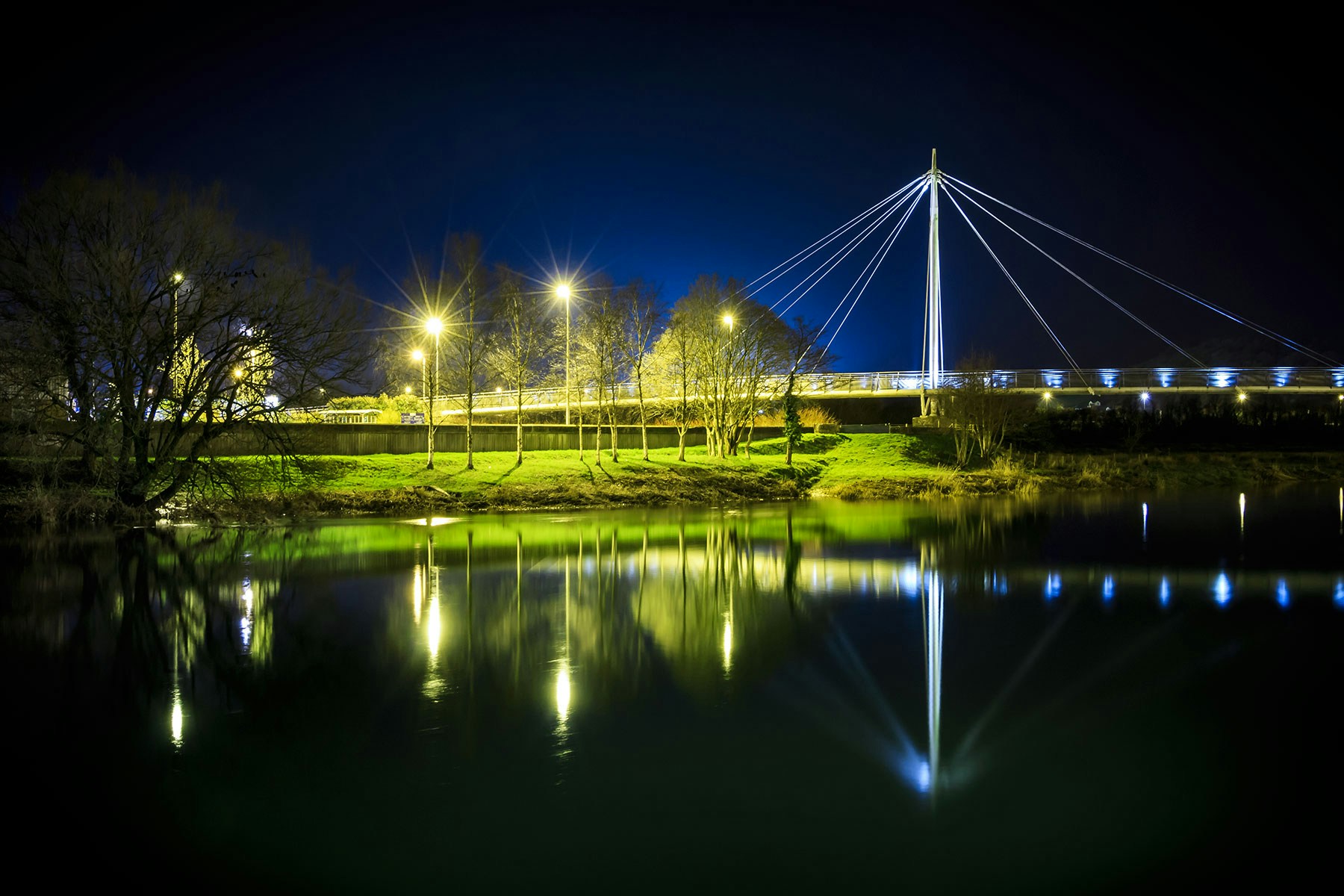In our modern world, the soft glow of starlight has been largely replaced by the harsh glare of artificial lighting. While the ability to illuminate the night has brought numerous benefits to human society, it has also created an often-overlooked environmental crisis: light pollution. This excessive and inappropriate artificial light is having profound effects on global biodiversity, disrupting ecosystems that have evolved over millions of years under the rhythm of natural day and night cycles.
The impact of light pollution on wildlife is far-reaching and complex. Nocturnal animals, which make up about 60% of all mammals and 30% of all vertebrates, are particularly vulnerable. These species have evolved to thrive in darkness, using the cover of night for hunting, feeding, and mating. Artificial light disrupts these natural behaviors, forcing many species to alter their habits or abandon their traditional habitats altogether.
Perhaps the most visible victims are migrating birds, millions of which die each year by colliding with illuminated buildings. Birds use celestial navigation for migration, and artificial light can disorient them, causing them to circle lit structures until they collapse from exhaustion. Similarly, sea turtle hatchlings, which naturally orient themselves toward the bright horizon over the ocean, often become confused by coastal lighting and crawl inland instead, where they face almost certain death.
Insects, which form the foundation of many food chains, are particularly susceptible to light pollution. Moths and other nocturnal insects are drawn to artificial lights, where they may circle until they die of exhaustion or fall prey to predators. This disruption has cascading effects throughout the ecosystem, affecting everything from plant pollination to bat populations that feed on these insects.
Even plants are not immune to the effects of artificial light. Extended lighting can disrupt natural flowering and growth patterns, affect leaf development, and alter seasonal behaviors. This can lead to mismatches in timing between plants and their pollinators, potentially threatening both species' survival.
The good news is that light pollution, unlike many environmental problems, has readily available solutions. Using shielded light fixtures that direct light downward, implementing motion sensors, choosing appropriate bulb types, and simply turning off unnecessary lighting can significantly reduce light pollution. Many communities are also establishing "dark sky" ordinances to protect both wildlife and our view of the night sky.
By understanding and addressing light pollution, we can help preserve the delicate balance of our nighttime ecosystems while still meeting our needs for artificial lighting. The choice between human progress and environmental protection is not binary – with thoughtful planning and implementation, we can have both.
